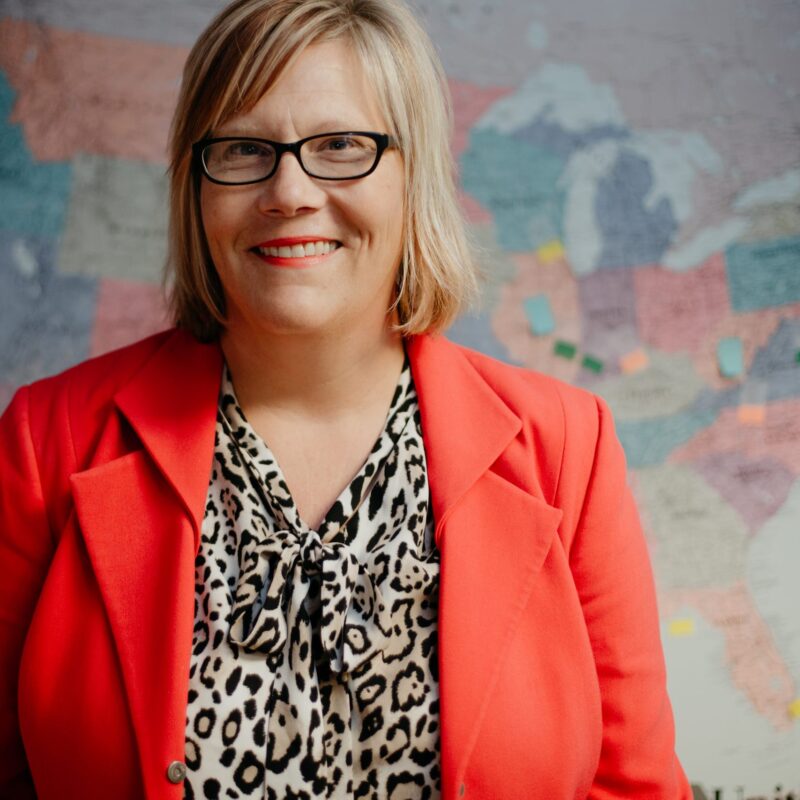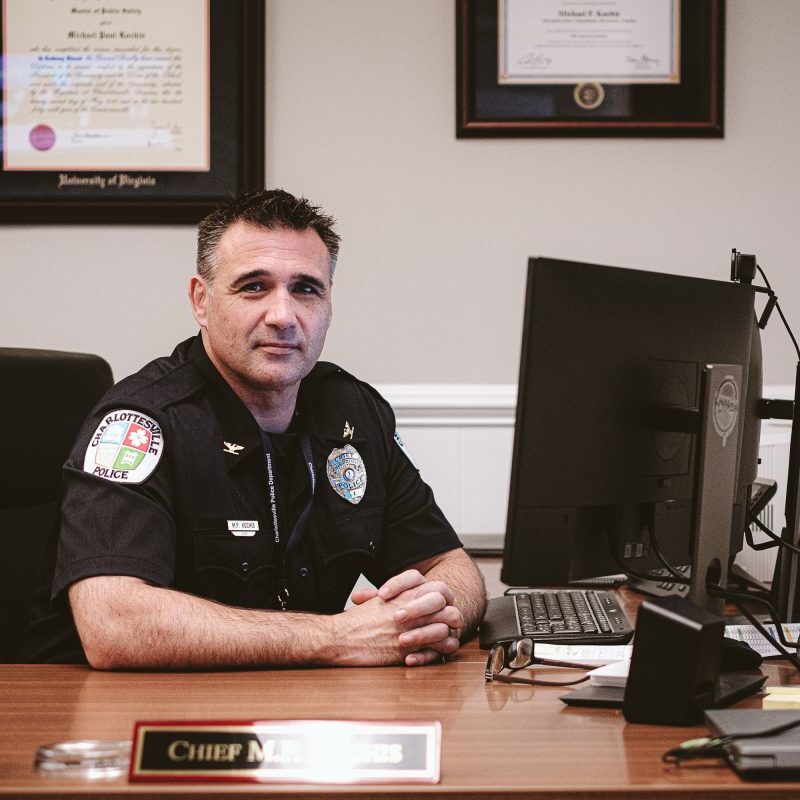Les Yeux du Monde gallery owner Lyn Warren participates in the statewide initiative “Minds Wide Open: Women in the Arts” by inviting 17 women into this month’s exhibition. It’s impossible, and probably at least a little insulting, to try to come up with any themes that unite this group of people—other than that they all have a uterus—which could make the resulting show a bit chaotic. Warren’s talent as curator and the intimacy of her beautiful gallery space, however, largely prevent that from happening.
The only sculptor in the exhibition is Susan Bacik, whose two pieces “Double Portrait: Awake and Dreaming” and “Thinking Cap” play with our ideas of consciousness and thought. “Double Portrait” shows a small metal bust impaled with a crystal sword crowned with a similar bust, just waiting for an Arthurian-legend type to pull it out, Excalibur-style. “Thinking Cap” dangles from the ceiling, a metal outline of a head criss-crossed with glass sticks like a pick-up-sticks game with impossibly high stakes. I was struck by the way these two works seemed to embrace the impossible—no head will fit into the cap, no person will pull out the sword—with a harshness that defeats the viewer’s sense of desire.
Two abstract works, Martha Saunders’ “Interior Fog” and Donna Mintz’s “Untitled,” stand out among more traditional offerings. Both works explore the concept of framing. Saunders’ work, in paint thickened with beeswax, cuts across a window-like grid with organic forms that seem like Japanese brushstrokes. The texture of her work is so overwhelming that I wanted to violate that first tenet of looking at art and touch the panel. Mintz also uses windows, repeating rectangles over and over like urban buildings, but hers are gloomy and dark, with only occasional interruptions of light.
Flowers have been an historically traditional subject for women to paint—they’re easy to access, feminine, and don’t require a studio—and “Minds Wide Open” is full of them. The best paintings are by Ellen Hathaway, whose renditions of lilies, sunflowers and poppies have beautiful glazes that give the already stunning canvases a heightened sense of light and color. Graphic artist Anne Chestnut’s lovely “Sampler: April 17” mocks the notion of floral femininity through digital prints of a floral alphabet that she sewed together, referencing the old traditions of samplers, teaching children and painting flowers in a most postmodern way. Stacey Evan’s digital photographs of dogwood branches, on the other hand, are just beautiful, using modern technique to bring old-fashioned delight. The detail and color of these prints awakens even this cynical art critic to the possibilities of digital prints as an emerging art form.
Annie Harris Massie’s two oil paintings deserve mention, as her work always does, for their simple elegance. I particularly enjoyed her small landscape of Alaska, which bumps the viewer right up into the mountain, a reminder that gender doesn’t prevent these artists from going wherever they choose.





